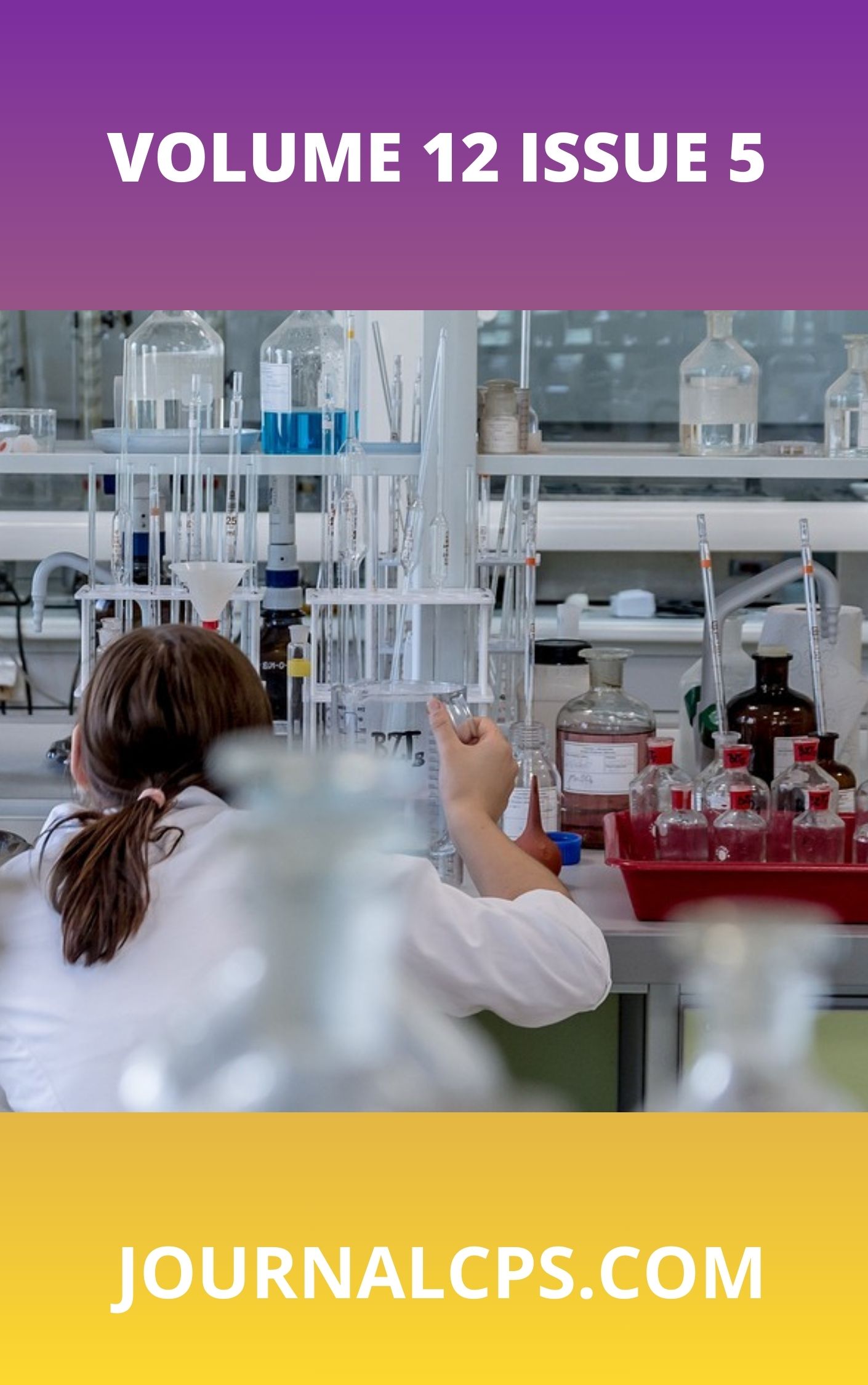A Conceptual Framework for Managing Pandemics: Integrating Disease Models with Public Behavior and Misinformation Control
Keywords:
Pandemic modeling, Public behavior, Misinformation, SEIR model, Dual-spread frameworkAbstract
Pandemic response strategies have traditionally relied on classical epidemiological models such as SIR and SEIR, which primarily focus on the biological transmission of infectious diseases. However, these models often overlook the significant influence of public behavior, trust in science, and the rapid dissemination of misinformation. This paper proposes an integrated conceptual framework that bridges these gaps by combining epidemic modeling with behavioral and informational dynamics in what is termed a "Dual-Spread Model." Through a synthesis of literature, historical examples (COVID-19, H1N1, Ebola), and illustrative diagrams, the study reveals how misinformation, public trust, and community responses can either amplify or suppress disease spread. The framework emphasizes feedback loops between disease outcomes, information flows, and behavioral responses, offering practical insights for policymakers. Key policy recommendations include behavior-informed vaccination campaigns, targeted communication strategies, and coordinated efforts between public health institutions and information platforms. This interdisciplinary approach provides a more robust and adaptive tool for future pandemic preparedness and response.
Similar Articles
- Abidemi Emmanuel Adenij, Chaotic Signature in Power Spectrum and Recurrence Quantification of Dynamical Behaviour of Multivariate Time Series , Communication In Physical Sciences: Vol. 11 No. 2 (2024): VOLUME 11 ISSUE 2
- Gideon Wyasu, Batch adsorption of Hg2+ and As3+ ions in Hospital wastewater using activated carbon from Balanites aegyptiaca and Detarium microcarpum , Communication In Physical Sciences: Vol. 5 No. 4 (2020): VOLUME 5 ISSUE 4
- Sunday Emmanson Udoh, Effect of Intake Work Corrosion on Water Quality and Remedial Measures , Communication In Physical Sciences: Vol. 7 No. 4 (2021): VOLUME 7 ISSUE 4
- Usoro M. Etesin, Hydrochemical study of shallow ground water in Ikot Abasi Coastal Aquifer , Communication In Physical Sciences: Vol. 7 No. 3 (2021): VOLUME 7 ISSUE 3
- Dahunsi Samuel Adeyemi , Autonomous Response Systems in Cybersecurity: A Systematic Review of AI-Driven Automation Tools , Communication In Physical Sciences: Vol. 9 No. 4 (2023): VOLUME 9 ISSUE 4
- Oluwatosin Lawal, Projecting AI-Driven Intersection of FinTech, Financial Compliance, and Technology Law , Communication In Physical Sciences: Vol. 12 No. 2 (2025): VOLUME 12 ISSUE 2
- Olumide Oni, Memory-Enhanced Conversational AI: A Generative Approach for Context-Aware and Personalized Chatbots , Communication In Physical Sciences: Vol. 12 No. 2 (2025): VOLUME 12 ISSUE 2
- Abdullahi Abdulkadir, Maryam Lawal Atiku, Synthetic Approaches, Classification, Properties and Application of Metal-Organic Frameworks: A Review , Communication In Physical Sciences: Vol. 12 No. 3 (2025): VOLUME 12 ISSUE 3
- Florence Omada Ocheme, Hakeem Adewale Sulaimon, Adamu Abubakar Isah, A Deep Neural Network Approach for Cancer Types Classification Using Gene Selection , Communication In Physical Sciences: Vol. 7 No. 4 (2021): VOLUME 7 ISSUE 4
- Kingsley Uchendu, Chinaegbomkpa Umezurike, David, Friday Adiele, Position Analysis of the Relationship Between the Naira Exchange Rate, Gb Pounds, Euro and US-Dollars , Communication In Physical Sciences: Vol. 8 No. 4 (2022): VOLUME 8 ISSUE 4
You may also start an advanced similarity search for this article.




